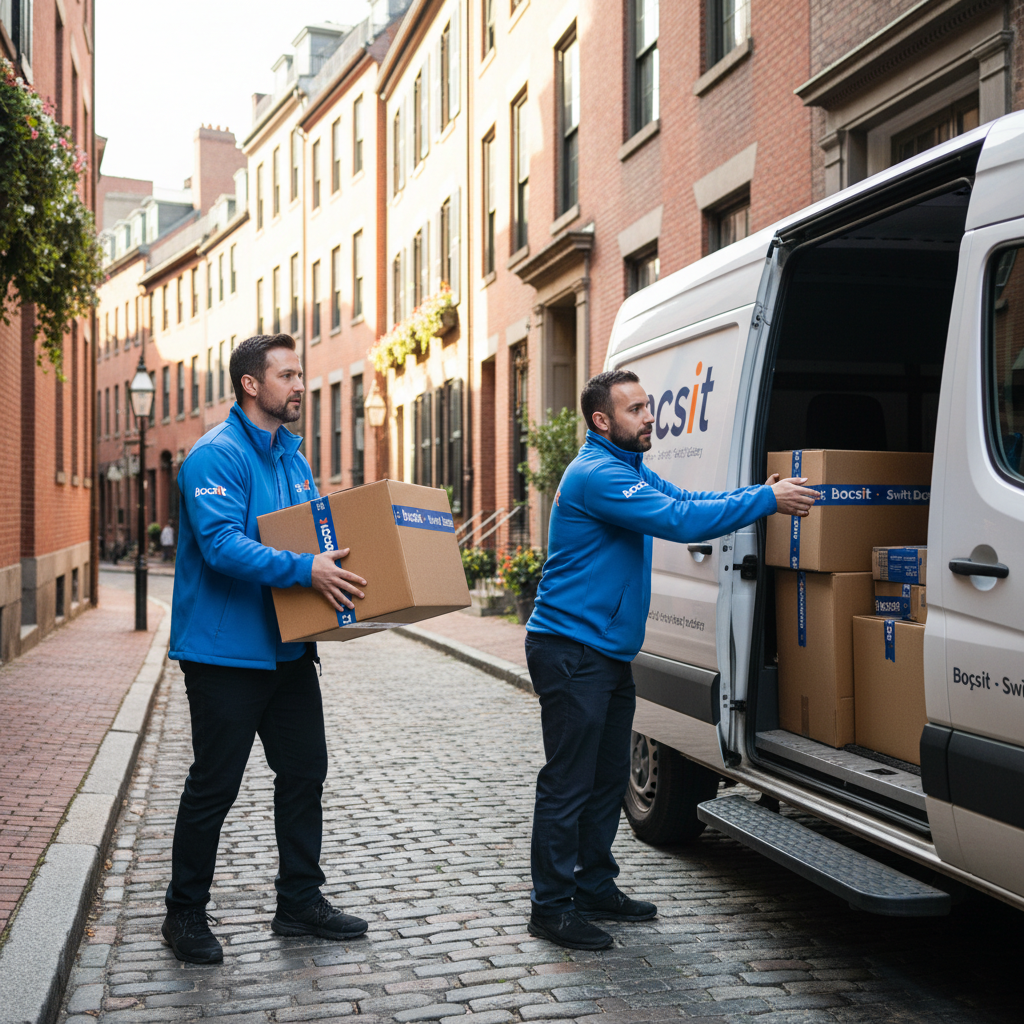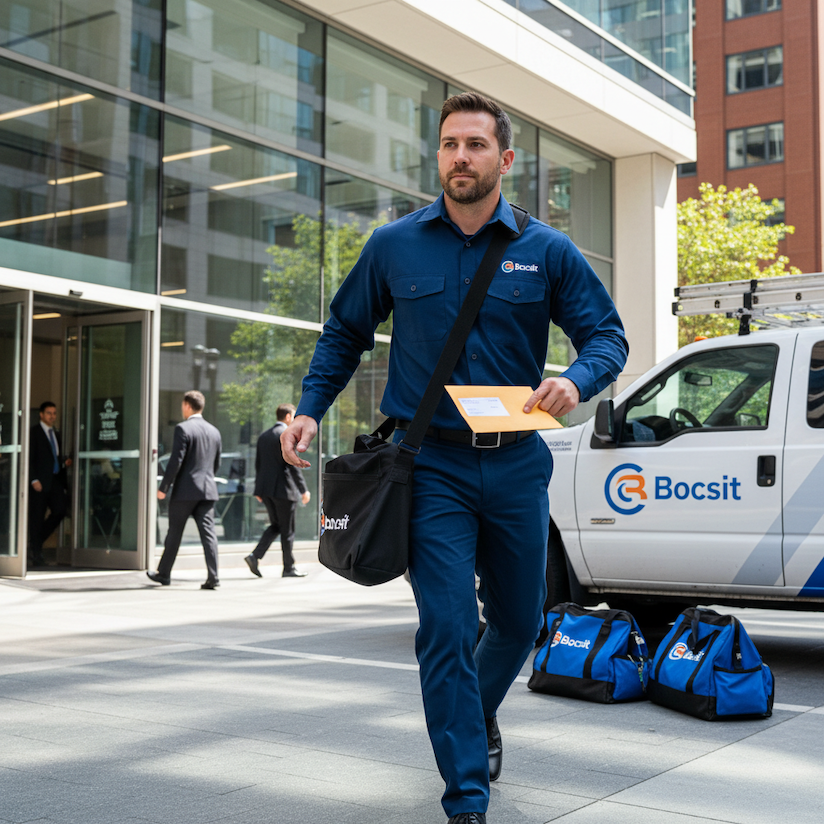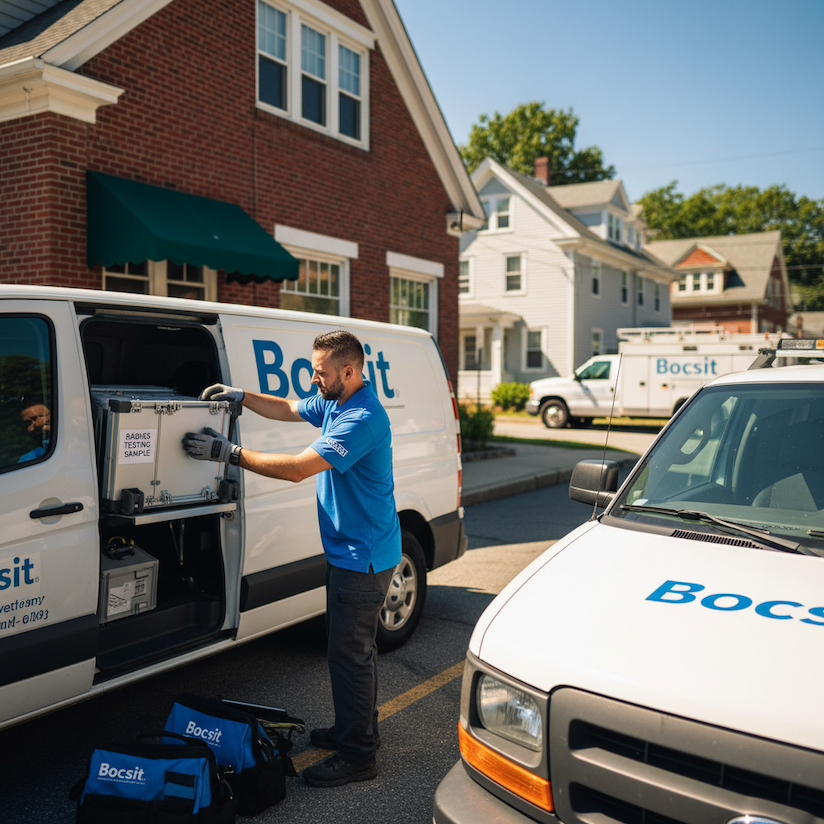Ready to Work: Remote Equipment Delivery Solutions

In an era where remote work has become the new normal for many industries, ensuring that employees have the necessary tools and equipment to perform their duties has emerged as a critical challenge. Remote equipment delivery solutions are revolutionizing how companies equip their workforce, enabling seamless operations regardless of geographical barriers. This blog delves into the innovative world of remote equipment delivery, exploring its benefits, challenges, and best practices for implementation.
The Rise of Remote Work and Equipment Delivery Needs
The shift towards remote work has been accelerated by advances in technology and, more recently, by global events such as the COVID-19 pandemic. This transition has highlighted the necessity for businesses to adapt quickly, ensuring their teams have access to the essential equipment required for productivity and success from anywhere in the world.
Remote equipment delivery solutions address this need by facilitating the distribution of hardware, such as laptops, monitors, mobile devices, and specialized tools, directly to employees' doorsteps. These services not only deliver equipment but also handle setup, maintenance, and return processes, creating a hassle-free experience for both employers and employees.
Benefits of Remote Equipment Delivery
Accessibility and Convenience
One of the most significant advantages of remote equipment delivery is the convenience it offers. Employees working from remote locations can receive necessary equipment without the need to travel, reducing downtime and enhancing productivity.
Cost Efficiency
Remote equipment delivery can be more cost-effective than traditional methods. It eliminates the need for physical office space to store equipment and reduces the logistics costs associated with manual distribution.
Scalability
As businesses grow and adapt, their needs change. Remote equipment delivery services are scalable, allowing companies to quickly adjust their equipment inventory based on current requirements without significant upfront investment.
Challenges and Solutions
Logistics and Coordination
Coordinating the delivery of equipment to various locations, especially in different countries, can be complex. Partnering with reliable logistics providers and using sophisticated tracking systems can mitigate these challenges.
Security and Compliance
Ensuring that delivered equipment is secure and compliant with company policies and local laws is paramount. Encrypting devices, pre-installing security software, and providing clear guidelines on equipment usage can help maintain security standards.
Technical Support
Remote workers might face technical difficulties with their equipment. Establishing a robust remote technical support system ensures that employees can quickly resolve issues, minimizing work disruptions.
Best Practices for Implementing Remote Equipment Delivery
Choose the Right Partner
Select a delivery service that understands the nuances of remote equipment delivery, including security, logistics, and customer support.
Streamline Onboarding and Training
Develop comprehensive onboarding and training programs that guide employees through setting up and using their equipment effectively.
Monitor and Evaluate
Regularly assess the effectiveness of your remote equipment delivery solution. Collect feedback from employees to identify areas for improvement and ensure the system meets their needs.
Focus on Sustainability
Consider the environmental impact of shipping and packaging. Opt for eco-friendly packaging and a responsible recycling program for old or unused equipment.
The transition to remote work has necessitated the development of innovative solutions to ensure employees have the tools they need to succeed. Remote equipment delivery services offer a flexible, efficient, and scalable way to support a distributed workforce. By addressing the challenges and following best practices, companies can create a robust system that facilitates remote work without sacrificing productivity or security. As the future of work continues to evolve, remote equipment delivery will play a pivotal role in shaping how businesses operate and thrive in a global landscape.


















